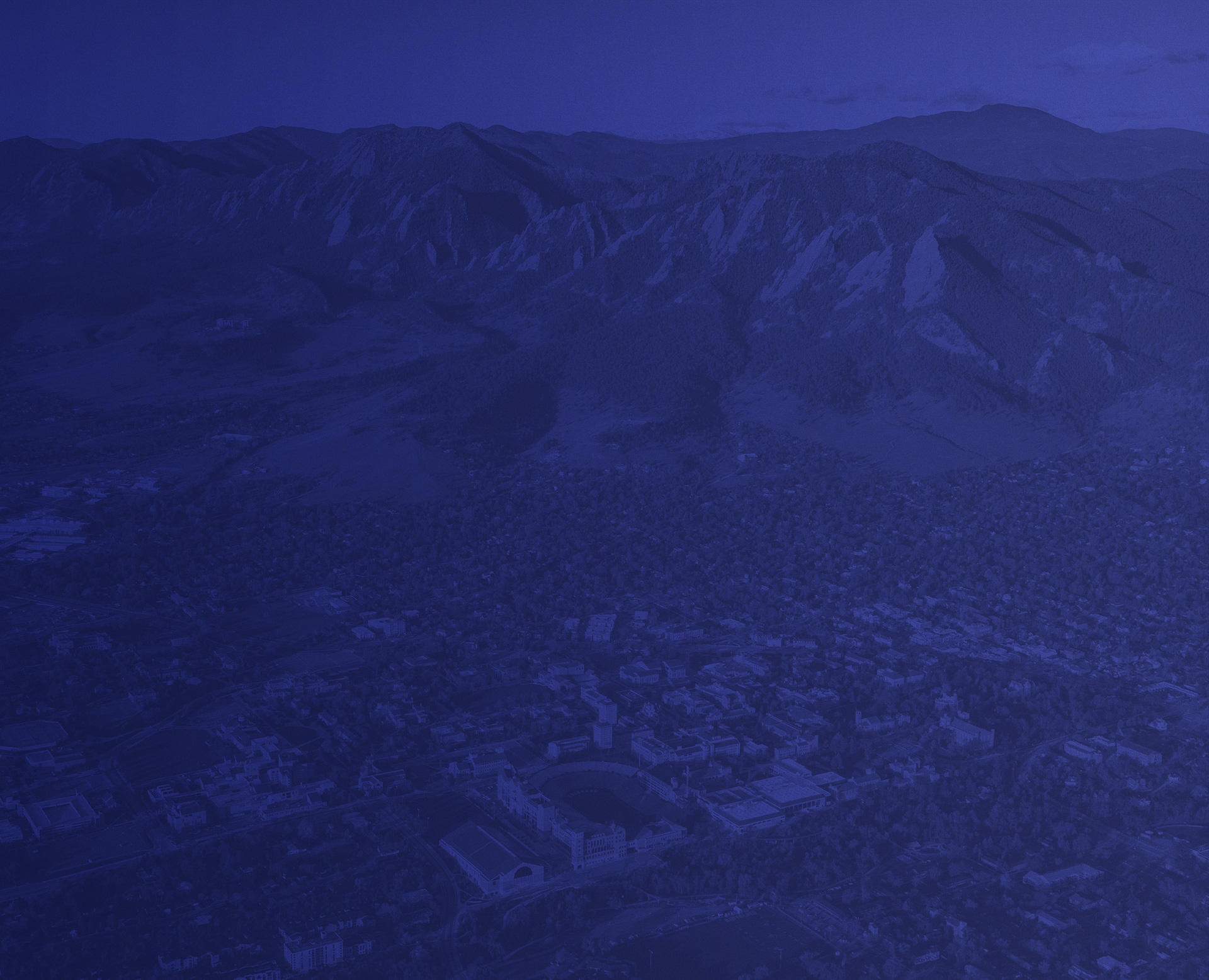A bomb cyclone, sometimes referred to as a “winter hurricane,” is caused by a warm air front colliding with a cold air front. This collision results in a rapid and severe drop in atmospheric pressure, bringing with it high winds, cold temperatures, and intense blizzard conditions. Such a storm buried Colorado last week, resulting in hundreds of traffic accidents, school closures throughout the state, the delay of more than 4,000 flights, and the cancellation of over 2,000 more.
At least one death has been blamed on the storm. Near white-out conditions on northbound Interstate 25 caused a series of accidents involving 100 vehicles last Wednesday morning, drawing responders from at least three Colorado counties and neighboring Wyoming. The crash and continued storm conditions prompted Colorado law enforcement to shut down northbound I-25 from Wellington to the Wyoming border. Serious injuries have been reported, and officials are advising people to avoid traveling.
The bomb cyclone’s impact wasn’t limited to Colorado. Throughout the region, the storm raged: 78 mph gusts of wind were recorded in Dallas; and in New Mexico, 100 mph winds blew a freight train off a bridge. To the east in Nebraska, the storm has caused extreme flooding, leaving some small towns completely submerged.
What a Lawsuit Against Norwegian Cruise Line Shows Us
Right now, over 200 passengers of a Norwegian Cruise Line ship are suing the Miami-based company, claiming the ship’s captain and crew ignored warnings of bad weather and sailed directly into an East Coast bomb cyclone back in 2017 during a cruise from Pennsylvania to the Bahamas. The storm caused the ship to list, and water poured into staterooms. A great deal of ice accumulated on the ship, lifeboats were damaged, and passengers were put in severe distress, fearing for their lives. What was supposed to be a fun, tropical vacation turned into a nightmare.
When companies put profits over common sense, everyone loses.
Can I Sue for a Weather-Related Motor Vehicle Accident?
This is a complicated question. Sometimes, extreme weather can make an accident unavoidable. In other cases, a driver’s careless behavior may have contributed to a collision. Examples of such negligence include:
- Driving too fast for conditions
- Failing to turn on headlights
- Failing to properly maintain vehicle (tires, brakes, windshield wipers, etc.)
- Failing to use the windshield wipers when needed
- Distracted driving
- Taking turns too quickly
- Failing to clear snow and ice off the roof and windows of a vehicle
- Following another vehicle too closely
In some cases, the municipality or state entity charged with maintaining a roadway may be held liable if it failed to plow, salt, or sand a roadway in a reasonable amount of time. Or perhaps a trucking company pushed its drivers to roll out, even though there’s no way an 18-wheeler could be safely operated in these conditions.
If you’ve been in a weather-related car crash in Colorado, suffered severe injuries, and have questions about whether or not you have grounds for a legal claim, contact the Boulder, Denver, or Fort Collins offices of the Tenge Law Firm, LLC, for a free consultation.
Boulder (303) 219-7377
Fort Collins (303) 219-7377
Denver (303) 219-7377
We wish fellow Coloradans safe passage in this weather!




